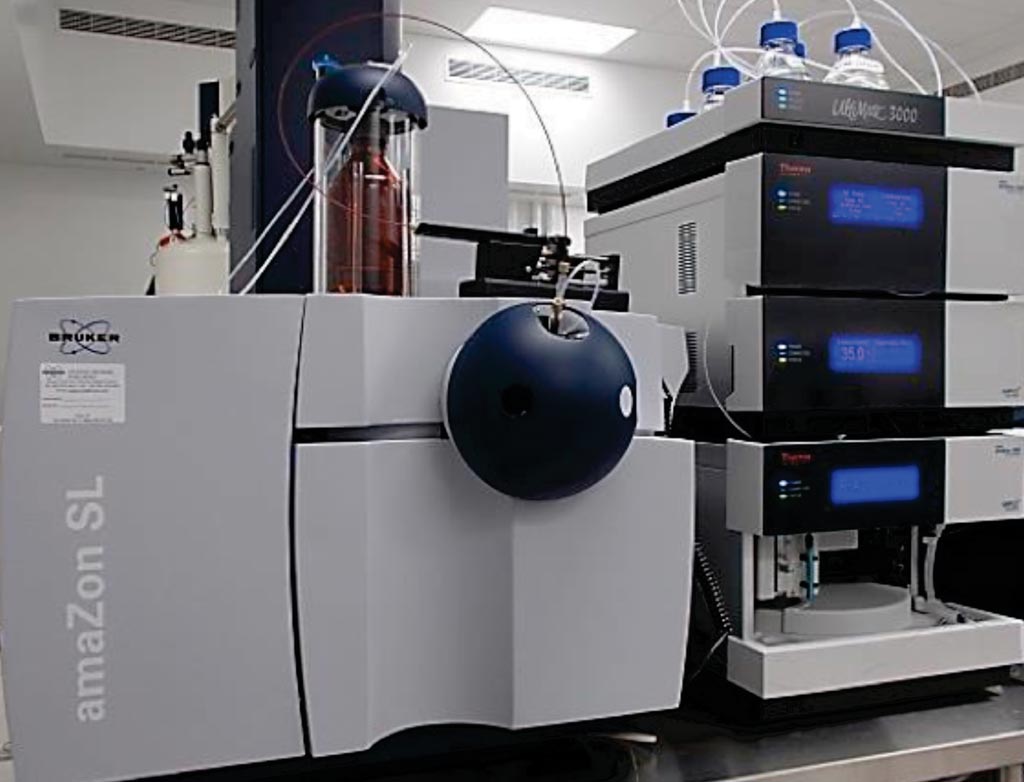Plasma Metabolite Profile and Gut Microbiota Connected to Obesity
By LabMedica International staff writers
Posted on 14 Mar 2018
A new link has been discovered between gut bacteria and obesity. It has been found that certain amino acids in the blood can be connected to both obesity and the composition of the gut microbiome.Posted on 14 Mar 2018
Emerging evidence has related the gut microbiome and circulating metabolites to human obesity. Gut microbiota is responsible for several metabolic functions and altered plasma metabolome may reflect differences in the gut microbiome.

Image: Liquid chromatography-mass spectrometry used for targeted profiling of plasma metabolites (Photo courtesy of McGill University).
Scientists at Lund University (Malmö, Sweden) analyzed blood plasma and stool samples from participants in the Malmö Offspring Study (MOS). Targeted profiling of 48 plasma metabolites was performed in a population of 920 Swedish adults (mean age 39 years, 53% were women) using targeted liquid chromatography-mass spectrometry. Gut microbiota was analyzed by sequencing of the16S rRNA gene (V1-V3 region) in fecal samples of 674 study participants.
The scientists reported that body mass index (BMI) was associated with 19 metabolites, of which glutamate provided the strongest direct association. By orthogonal partial least squares regression a metabolite principal component predictive of BMI was constructed (PCBMI). In addition to glutamate, PCBMI was dominated by branched chain amino acids (BCAA) and related metabolites. Four gut microbiota genera in the Lachnospiraceae family: L. blautia, L. dorea, L. ruminococcus and SHA-98) were associated with both BMI and PCBMI . When simultaneously regressing the PCBMI and the metabolite associated gut bacteria against BMI, only PCBMI remained significant.
Marju Orho-Melander, PhD, a professor of genetic epidemiology and senior investigator of the study, said, “The differences in BMI were largely explained by the differences in the levels of glutamate and BCAA. This indicates that the metabolites and gut bacteria interact, rather than being independent of each other. This means that future studies should focus more on how the composition of gut bacteria can be modified to reduce the risk of obesity and associated metabolic diseases and cardiovascular disease.” The study was published on February 1, 2018, in The Journal of Clinical Endocrinology & Metabolism.
Related Links:
Lund University














